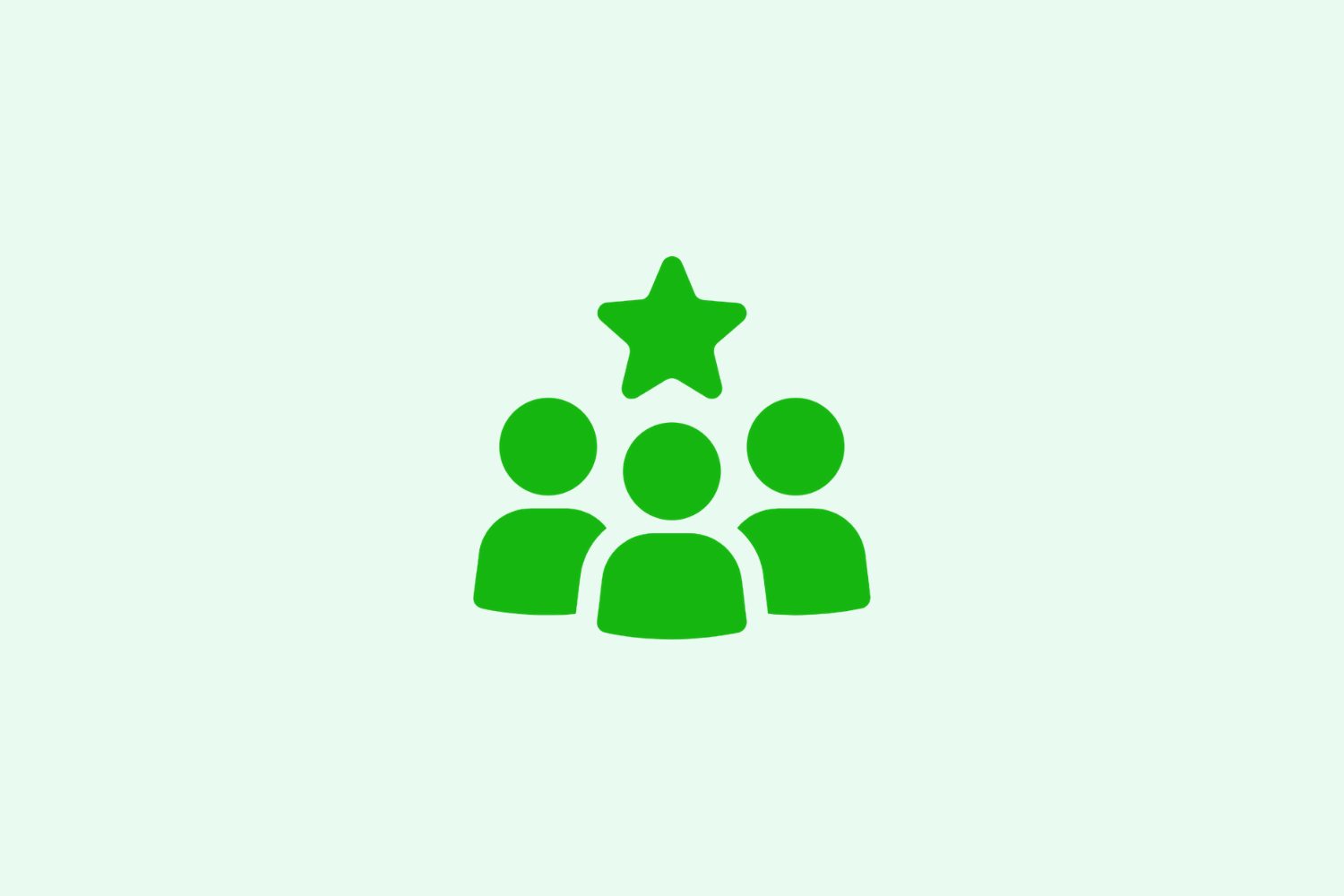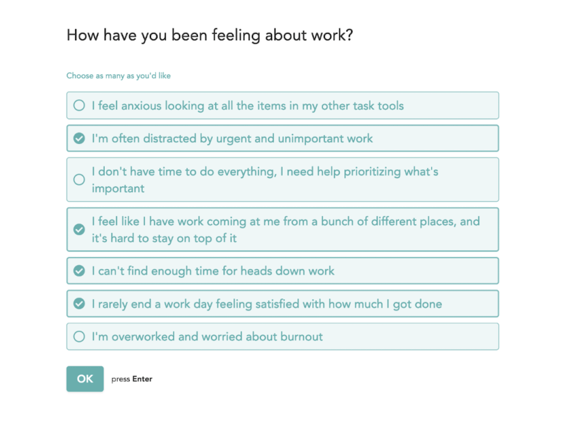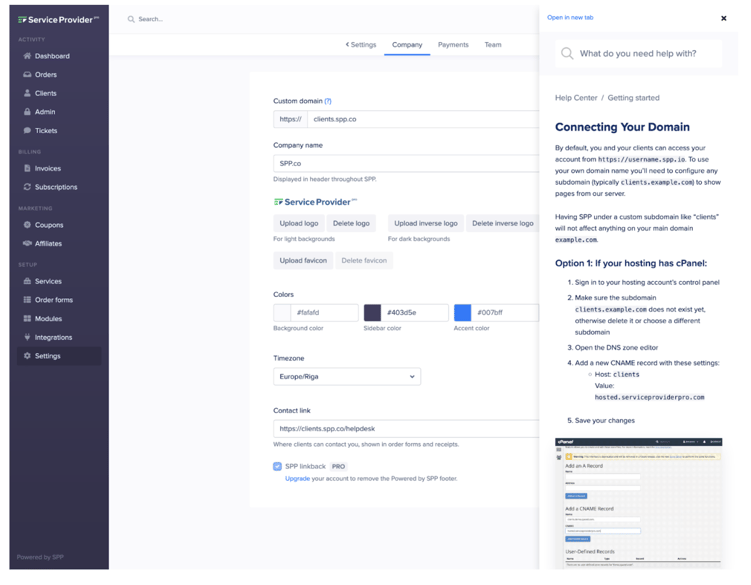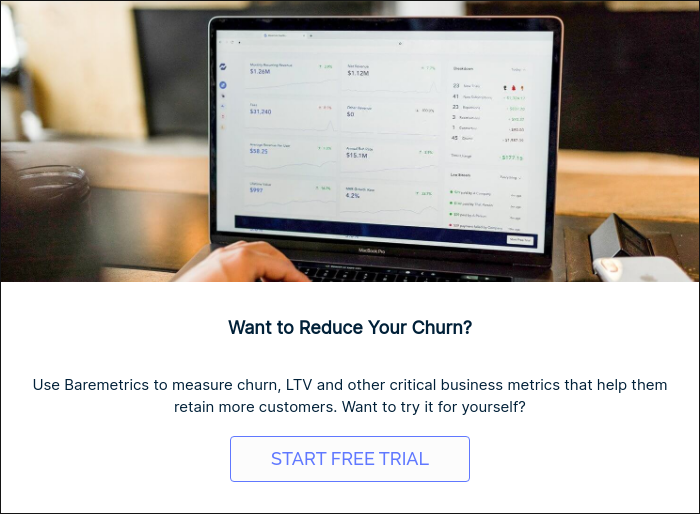Table of Contents

“Do customer success” is the startup equivalent of “eat less and exercise.” Good for everyone, but also vague and hard to implement. Of course, you’d like to talk to each individual customer and make them successful. But dedicated customer success teams are a privilege of bigger SaaS companies.
What can you do as a small team with limited resources?
You may be already spending time on individual demos and onboarding calls, and that’s a great foundation for customer success. But there are smarter ways to scale your efforts and use your time.
In this article, you’ll find ten actionable recommendations that will improve your customer success setup — guaranteed! — without hiring more people.
Measure user progress
Sadly, many founders just fly blind: let users sign up, and pray for the best. But before you introduce any improvements, start measuring what you currently have. The key is to understand where the users are in their journey.
It doesn’t have to be mind-blowing analytics. We recommend just a few success metrics (properties) that reflect user progress. For example, if you run a photo editing product, you could measure the number of photos or albums inside the account.
If your volume of users is high and you can’t review every customer — which is common for B2C or freemium products — then use behavioral segmentation to see behavior patterns at scale.
It’s helpful to measure engagement across entire accounts, not just individual users. Sometimes a single user may show no activity, while the account is doing really well because other team members are doing the work.
Recommended tools: You can use a simple in-house admin dashboard, or forward customer data into another tool for analytics or behavior-based automation. For example, Userlist is an email automation tool, but it also helps you track users’ progress and segment them.
Add a pre-recorded demo
A video walkthrough of your product is a great supplement for individual demo calls. Too often, we sacrifice our precious hours for demos, without realizing that the other party might not want it either. A potential customer might simply want to check out the key features, without disrupting their schedule — not to mention people who aren’t comfortable about calls altogether.
And we don’t mean a 2-minute explainer animation. Instead, share your screen and properly show how your product works. It won’t be hard if you’ve already done your fair share of demo calls. It will also take less time than your average 30-minute demo — you can show a lot in just 5-10 minutes.
A massive timesaver for you and your prospects!
This does not mean you should eliminate your one-on-one sales calls — you can offer both options alongside each other.
There a few ways to add such video:
- Embed the demo video inline, e.g. on your product homepage.
- Set up a CTA button (“Watch the Demo”) that will display such video in a popup modal.
- Set up a pre-recorded webinar in your software of choice (we recommend Crowdcast or Livestorm) — this will allow you to collect email addresses and grow your email list.
We added a pre-recorded 10-minute demo webinar at Userlist recently, and have been steadily collecting high-quality emails. We’re still doing high-touch demo calls, but the number of them is more manageable.
Recommended tools: Youtube, Vimeo or Wistia for video hosting. Loom or Screenflow for producing the video. Crowdcast or Livestorm for pre-recorded webinars.
Leverage group calls
This is another way to scale your customer communications. Instead of inviting prospects to an individual call, invite them to a group call that happens 1-2 times per week.
Sure, it might not work for everyone for timezone reasons, but those will be mere exceptions.
Here’s what you can do as group calls:
- Product demos.
- Office hours (monthly or weekly), when anyone can show up and ask you product-related questions.
- Webinars, which serve an educational purpose.
- Workshops or other collaborative meetings, when customers get together to do work in real time. Famous “content batching parties” from MeetEdgar are a great example: setting up new content is a chore, so instead they make it a fun event.
- Informal hangouts to improve personal relationships with your users. We’ve been running monthly Happy Hours at Userlist for a few years, and it’s been an awesome experience.
Recommended tools: Zoom, Crowdcast, Livestorm, StreemYard, or any other software for group meetings or webinars. Calendly or SavvyCal for scheduling.
Use an onboarding questionnaire
It may seem that “request access” CTA is typical for early-stage products, but it can be a powerful customer success instrument at any stage.
Ashutosh Priyadarshy, founder of Sunsama, swears by their onboarding questionnaire. It helps them qualify their customers, set expectations, and gets them into the right mindset. In addition to some fact-checking, they include sales-driven questions like these:
- Why do you care about improving your productivity?
- How have you been feeling about work?
- Is improving your daily productivity critical enough that you (or your company) would pay for a better way for you to stay focused and prevent burnout?

The survey mechanics is very straightforward, it only checks a few key questions to make sure the candidate really needs this tool. However, it “grants access” as a result — an exciting, dynamic experience for the customer.
Recommended tools: Typeform or any form builder of your choice. Use conditional logic to display the signup link in the end, so the qualification process is entirely automated.
Use different call types
Instead of a vague invitation to “book a time” with you, set up several specific event types. This will make your meetings more focused and result-driven. You can assign these call types to different team members, leveraging their skills and helping niche specialists (like engineers) to avoid unnecessary calls.
Here are some examples:
- User onboarding call, when the user receives initial guidance on their setup.
- Technical call, when the user needs hands-on help.
- Strategy call, when the user needs guidance on how to use your product.
- Review call, when the customer success specialist evaluates how efficiently the customer is using the product.
Recommended tools: Calendly, SavvyCal, or any other calendar tool for scheduling. Zoom for video calls.
Build a library of resources
Help resources come in many shapes and sizes, and they shouldn’t be limited to your help docs. Over time, you’ll have a variety of materials in your content library, and use them depending on the situation.
Should you have your best resources locked behind an email opt-in? Sure thing, you can repurpose them as lead magnets to grow your email list. But don’t be afraid to distribute content freely in other situations, when it’s more important to help the user than to collect their email address.
Here are some of the formats:
- Classic help docs
- Worksheets
- Templates
- Tutorials
- Recipes
- Case studies
- Books
- Guides
- Interviews
- Podcasts
Any of the above can exist in the shape of text, video, audio — just start with the media you’re comfortable with.
Podcasts deserve a special mention. Not only are they great for authority and education, but they also help you consistently have in-depth conversations with experts or customers.
At Userlist, we run a show called Better Done Than Perfect, which has been a continuous source of inspiration. In fact, our season two was dedicated to customer success, and many of the ideas in this article were inspired by these conversations.
Recommended tools: Pitch for guides and presentations. Simplecast, Transistor, Castos, or any other platform for podcast publishing. Zencastr, Riverside, Squadcast for audio recording.
Offer help inside the product
With reasonable engineering effort, you can display help articles or videos inside your product (as a sidebar, or inline).
Chris Willow, the founder of Service Provider Pro, has great success with such in-house solution. They have question marks sprinkled around the interface, and clicking one of those triggers a sidebar with a help article:
Jason Forrest, the founder of Rigbooks, offers a feedback field on every screen of their tool. They ask, “How can we make this screen better?” According to Jason, customers use the form often, and he’s been able to collect valuable feedback this way.
Of course, in-product methods include onboarding tooltips, tours, and in-app notifications. While not a silver bullet, they can certainly help for specific products.
Recommended tools: Chameleon, Appcues, Userpilot for tooltips and tours. Userlist for in-app notifications.
Provide templates
Nobody likes to start from scratch. For certain SaaS companies, templates are the core part of their business.
At Snappa, a design tool, each template is a result of collaborative effort between a designer and a social media specialist. They look at popular brands and their social media accounts to understand the trends, and then implement similar layouts as templates.

You can also pre-populate blank accounts with default content. This way, the user can see an example “in its natural habitat,” and customize existing content instead of starting from scratch.
Don’t have access to engineering resources? Do not worry. You can provide templates as downloads or shared documents — swipe files, spreadsheets, Notion databases.
Recommended tools: Notion, Google Docs, Google Spreadsheets for sharing documents.
Automate your user onboarding
Up to this point, we’ve been discussing various resources or events you can offer to your customer. However, you can’t count on your users to discover them on your own. The backbone of your user onboarding should be automated messaging. It will suggest relevant resources to your new customers, depending on what they do (or don’t do) inside your product.
There are different levels of complexity, but any option is better than doing nothing. Here’s what you can do:
- Set up a classic time-based drip campaign in any email marketing tool of your choice, such as Mailchimp, ConvertKit, Drip, etc.
- Send some automated emails yourself using SendGrid, SparkPost, or the likes.
- Send behavior data to an email automation tool, and create a “smart” user onboarding campaign based on user behavior. You can use tools like Intercom, Userlist or Customer.io for this.
- Add in-app notifications or text messages, and leverage different channels within a single campaign. E.g. Intercom and Userlist allow in-app notifications, while Customer.io provides text messages.
Create other customer success touchpoints
While user onboarding is the most important part of the customer journey, your customer success efforts shouldn’t stop there. You can offer a variety of engagements throughout the customer lifecycle.
We recommend to balance asking the user for favors vs offering them help. Counterintuitively, a favore done for you can also strengthen the bond between the customer and your product.
Things to ask for:
- Feedback (free form or via surveys)
- Referrals
- Testimonials or Capterra reviews
Things to offer:
- Review calls or strategy calls
- Advanced training resources or events
- Affiliate partnership terms
- Discounts
- Swag or other gifts
Larger teams have dedicated customer success specialists who can offer these engagements manually. At scale, you can use the same automation setup to initiate various interactions — including high-touch ones — throughout the customer lifecycle.
Closing Word: Start simple
There’s so much you can do for your SaaS customers, and so little time. If we could give one piece of advice, it would be “start simple.”
It’s impossible to achieve a perfect setup from day one. But any effort counts. Execute first, optimize later.
Good luck, and onwards!



